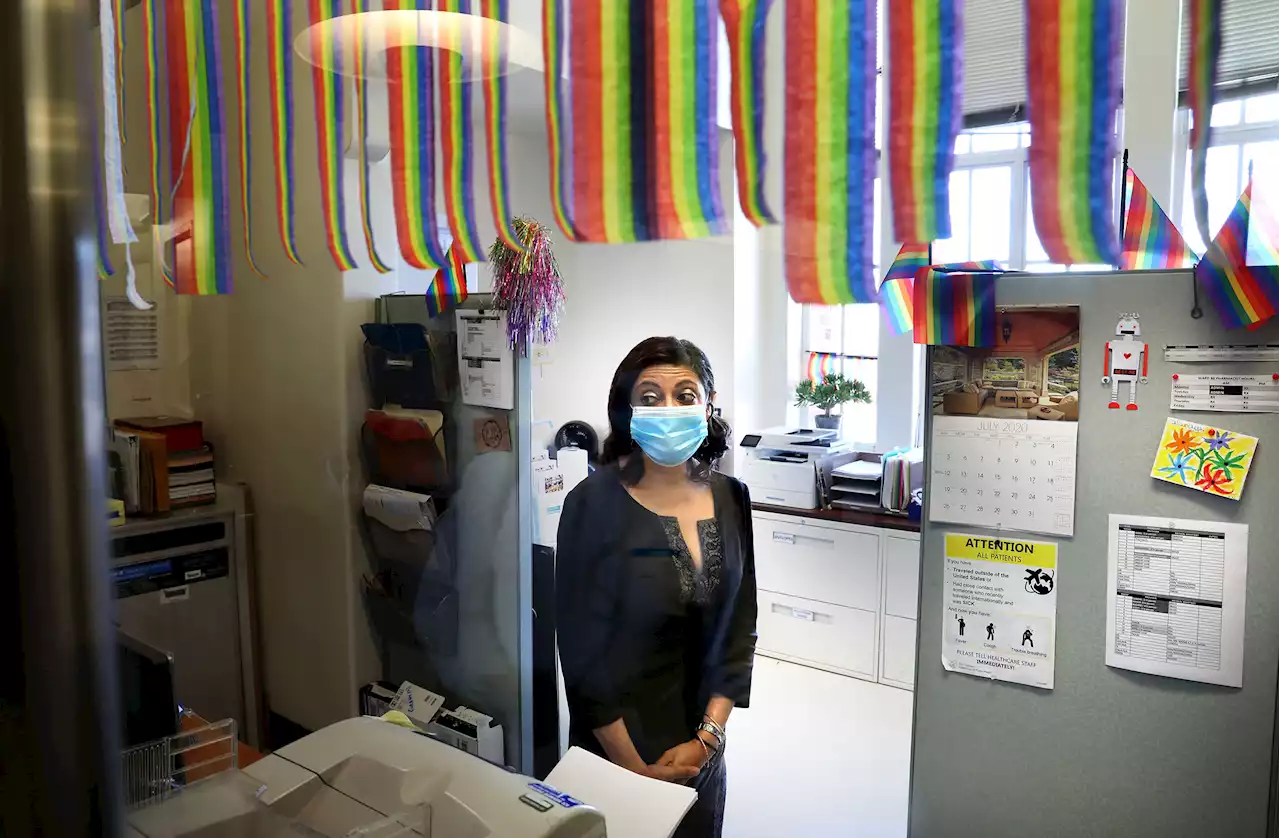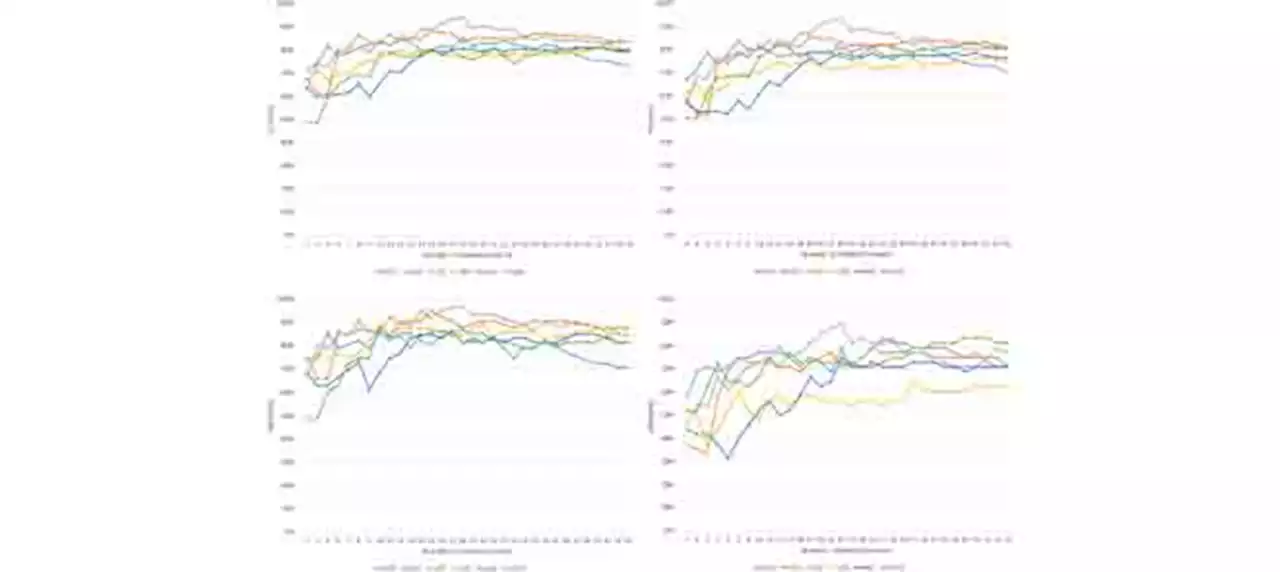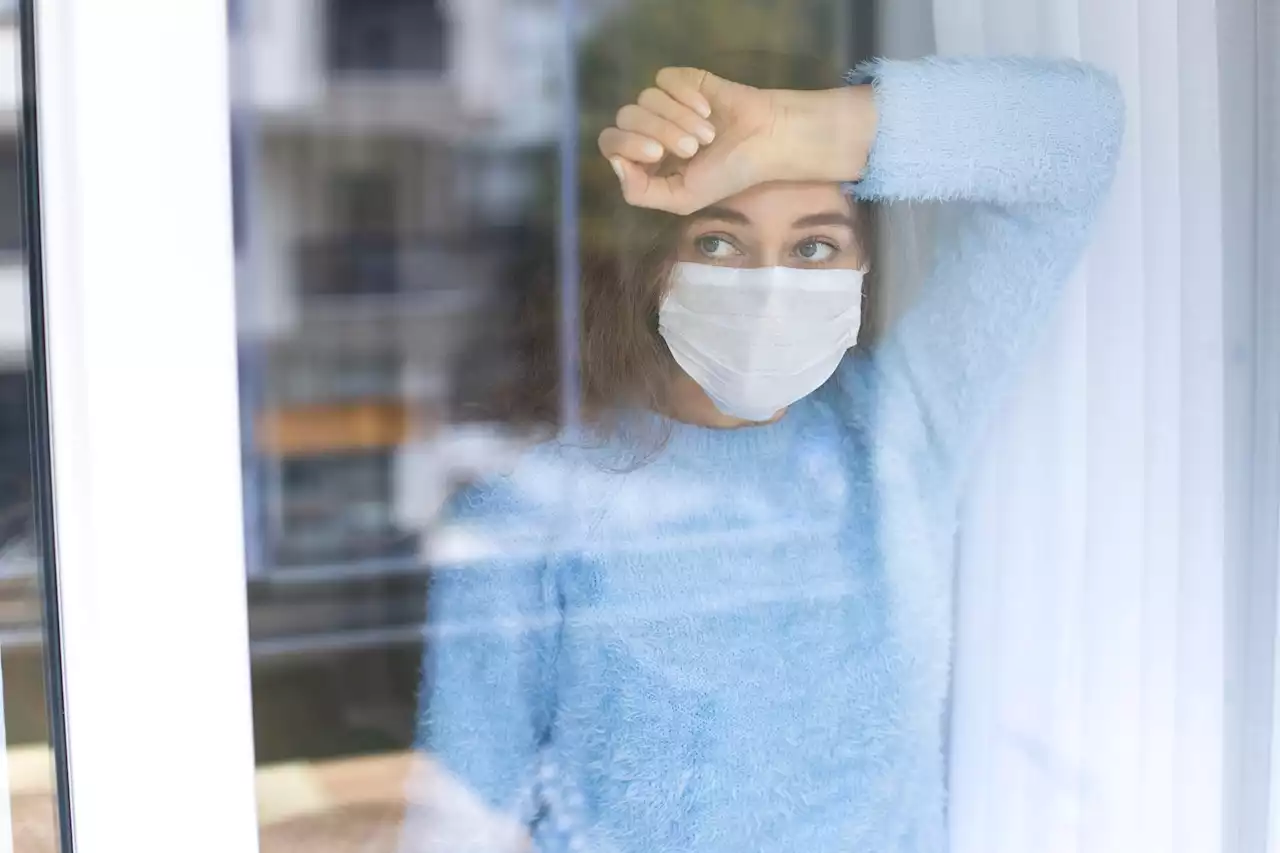Did telehealth appointments improve HIV care retention during the COVID-19 pandemic? UChicago HIV HIVCare Telehealth Pandemic COVID19 SARSCoV2
By Dr. Chinta SidharthanOct 6 2022Reviewed by Aimee Molineux In a recent study published in AIDS and Behavior, researchers assessed how measures of retention in human immunodeficiency virus care have changed due to the coronavirus disease 2019 pandemic.
Acquired immunodeficiency syndrome care requires retention to ensure the individual health of HIV patients and prevent HIV transmission in the community. About the study The present study assessed the retention measures during the pre-pandemic years and year one of the COVID-19 pandemic, at a medical care clinic in Chicago, Illinois, and explored how the inclusion of telehealth appointments affected these measures.
Data on demographic factors, comorbidities, in-person, and telehealth HIV care appointments, and the outcomes of these appointments were collected from the participants. Six HIV care retention measures were calculated. These included three missed visit measures and three kept visit measures. These measures were calculated separately for the pre-pandemic and pandemic periods and were further divided based on the inclusion or exclusion of telehealth appointments.
The authors noted that other studies found missed HIV care visits to be associated with concerns over food security, housing, mental health, and substance use during the pandemic.
Australia Latest News, Australia Headlines
Similar News:You can also read news stories similar to this one that we have collected from other news sources.
 How COVID-19 Disrupted the Fight Against HIVA report released by GLAAD and first reported by TIME found the pandemic disrupted HIV prevention measures and patient care in the U.S.
How COVID-19 Disrupted the Fight Against HIVA report released by GLAAD and first reported by TIME found the pandemic disrupted HIV prevention measures and patient care in the U.S.
Read more »
 Voice Features of Sustained Phoneme as COVID-19 BiomarkerBackground: The COVID-19 pandemic has resulted in enormous costs to our society. Besides finding medicines to treat those infected by the virus, it is important to find effective and efficient strategies to prevent the spreading of the disease. One key factor to prevent transmission is to identify COVID-19 biomarkers that can be used to develop an efficient, accurate, noninvasive, and self-administered screening procedure. Several COVID-19 variants cause significant respiratory symptoms, and thus a voice signal may be a potential biomarker for COVID-19 infection. Aim: This study investigated the effectiveness of different phonemes and a range of voice features in differentiating people infected by COVID-19 with respiratory tract symptoms. Method: This cross-sectional, longitudinal study recorded six phonemes (i.e., /a/, /e/, /i/, /o/, /u/, and /m/) from 40 COVID-19 patients and 48 healthy subjects for 22 days. The signal features were obtained for the recordings, which were statistically analyzed and classified using Support Vector Machine (SVM). Results: The statistical analysis and SVM classification show that the voice features related to the vocal tract filtering (e.g., MFCC, VTL, and formants) and the stability of the respiratory muscles and lung volume (Intensity-SD) were the most sensitive to voice change due to COVID-19. The result also shows that the features extracted from the vowel /i/ during the first 3 days after admittance to the hospital were the most effective. The SVM classification accuracy with 18 ranked features extracted from /i/ was 93.5% (with F1 score of 94.3%). Conclusion: A measurable difference exists between the voices of people with COVID-19 and healthy people, and the phoneme /i/ shows the most pronounced difference. This supports the potential for using computerized voice analysis to detect the disease and consider it a biomarker.
Voice Features of Sustained Phoneme as COVID-19 BiomarkerBackground: The COVID-19 pandemic has resulted in enormous costs to our society. Besides finding medicines to treat those infected by the virus, it is important to find effective and efficient strategies to prevent the spreading of the disease. One key factor to prevent transmission is to identify COVID-19 biomarkers that can be used to develop an efficient, accurate, noninvasive, and self-administered screening procedure. Several COVID-19 variants cause significant respiratory symptoms, and thus a voice signal may be a potential biomarker for COVID-19 infection. Aim: This study investigated the effectiveness of different phonemes and a range of voice features in differentiating people infected by COVID-19 with respiratory tract symptoms. Method: This cross-sectional, longitudinal study recorded six phonemes (i.e., /a/, /e/, /i/, /o/, /u/, and /m/) from 40 COVID-19 patients and 48 healthy subjects for 22 days. The signal features were obtained for the recordings, which were statistically analyzed and classified using Support Vector Machine (SVM). Results: The statistical analysis and SVM classification show that the voice features related to the vocal tract filtering (e.g., MFCC, VTL, and formants) and the stability of the respiratory muscles and lung volume (Intensity-SD) were the most sensitive to voice change due to COVID-19. The result also shows that the features extracted from the vowel /i/ during the first 3 days after admittance to the hospital were the most effective. The SVM classification accuracy with 18 ranked features extracted from /i/ was 93.5% (with F1 score of 94.3%). Conclusion: A measurable difference exists between the voices of people with COVID-19 and healthy people, and the phoneme /i/ shows the most pronounced difference. This supports the potential for using computerized voice analysis to detect the disease and consider it a biomarker.
Read more »
 Multiomic comparison shows a reduction in circulating monocytes correlated with persistent post-COVID-19 pulmonary fibrosisIn a new study, researchers identified distinguishing immune features of coronavirus disease 2019 (COVID-19) in patients with late-resolving pulmonary fibrosis (LR COVID-PF) and early-resolving (ER COVID-PF).
Multiomic comparison shows a reduction in circulating monocytes correlated with persistent post-COVID-19 pulmonary fibrosisIn a new study, researchers identified distinguishing immune features of coronavirus disease 2019 (COVID-19) in patients with late-resolving pulmonary fibrosis (LR COVID-PF) and early-resolving (ER COVID-PF).
Read more »
 New study reveals possible brain mechanisms behind COVID-19 deliriumResearchers from King's College London have shown that when brain cells are directly exposed to blood taken from COVID-19 patients with delirium, there is an increase in cell death and a decrease in the generation of new brain cells. Delirium represents a state of confusion indicating that, in these patients, the COVID-19 infection had impacted the brain.
New study reveals possible brain mechanisms behind COVID-19 deliriumResearchers from King's College London have shown that when brain cells are directly exposed to blood taken from COVID-19 patients with delirium, there is an increase in cell death and a decrease in the generation of new brain cells. Delirium represents a state of confusion indicating that, in these patients, the COVID-19 infection had impacted the brain.
Read more »
 What are the effects of the COVID-19 pandemic and SARS-CoV-2 infection on mental health?What are the effects of the COVID-19 pandemic and SARS-CoV-2 infection on mental health? NaturePortfolio amsterdamumc COVID19 SARSCoV2 Pandemic MentalHealth
What are the effects of the COVID-19 pandemic and SARS-CoV-2 infection on mental health?What are the effects of the COVID-19 pandemic and SARS-CoV-2 infection on mental health? NaturePortfolio amsterdamumc COVID19 SARSCoV2 Pandemic MentalHealth
Read more »
